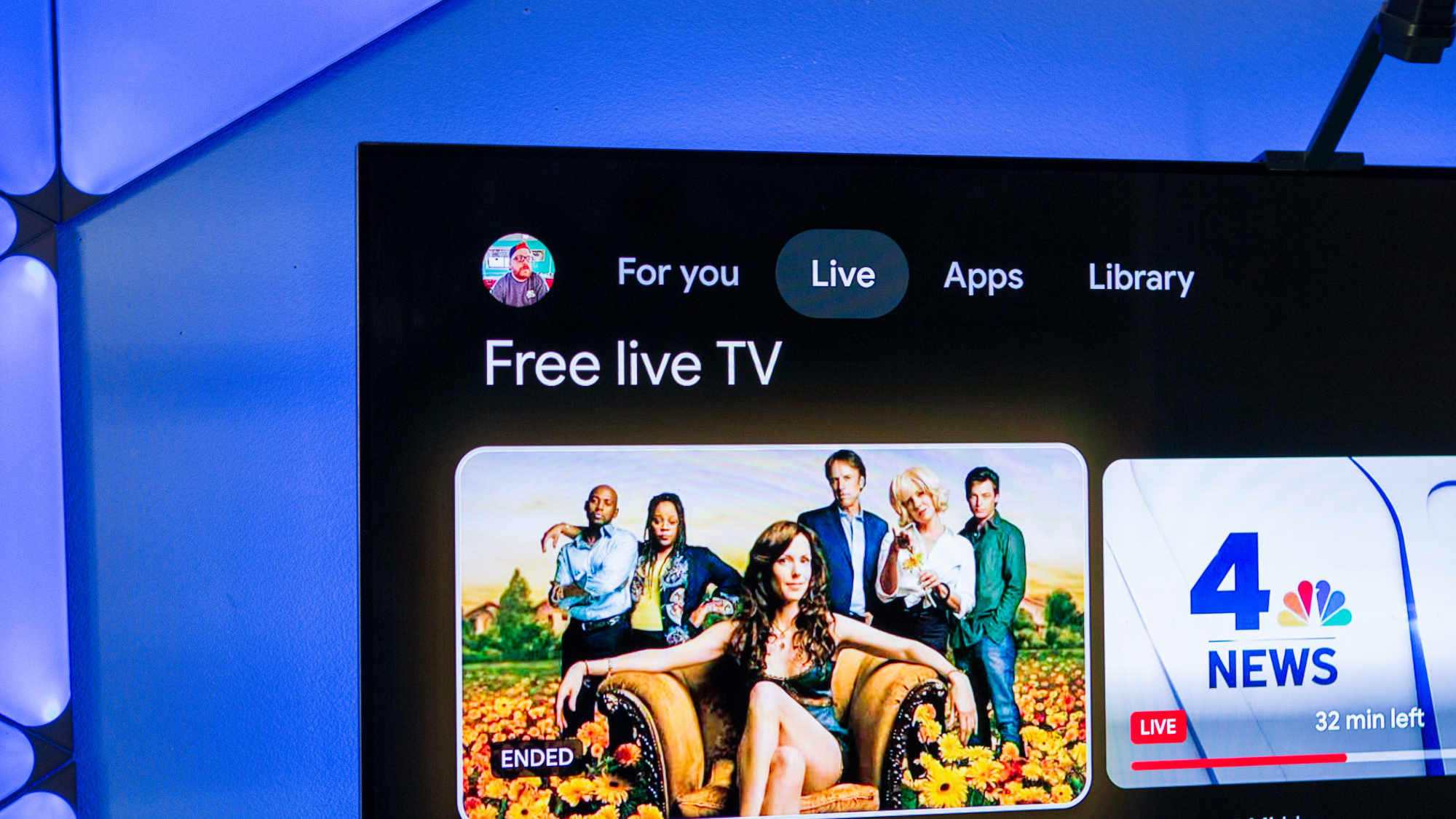Ask Jerry: Why are some health features for wearables not available in the US?
Let's talk about tech.
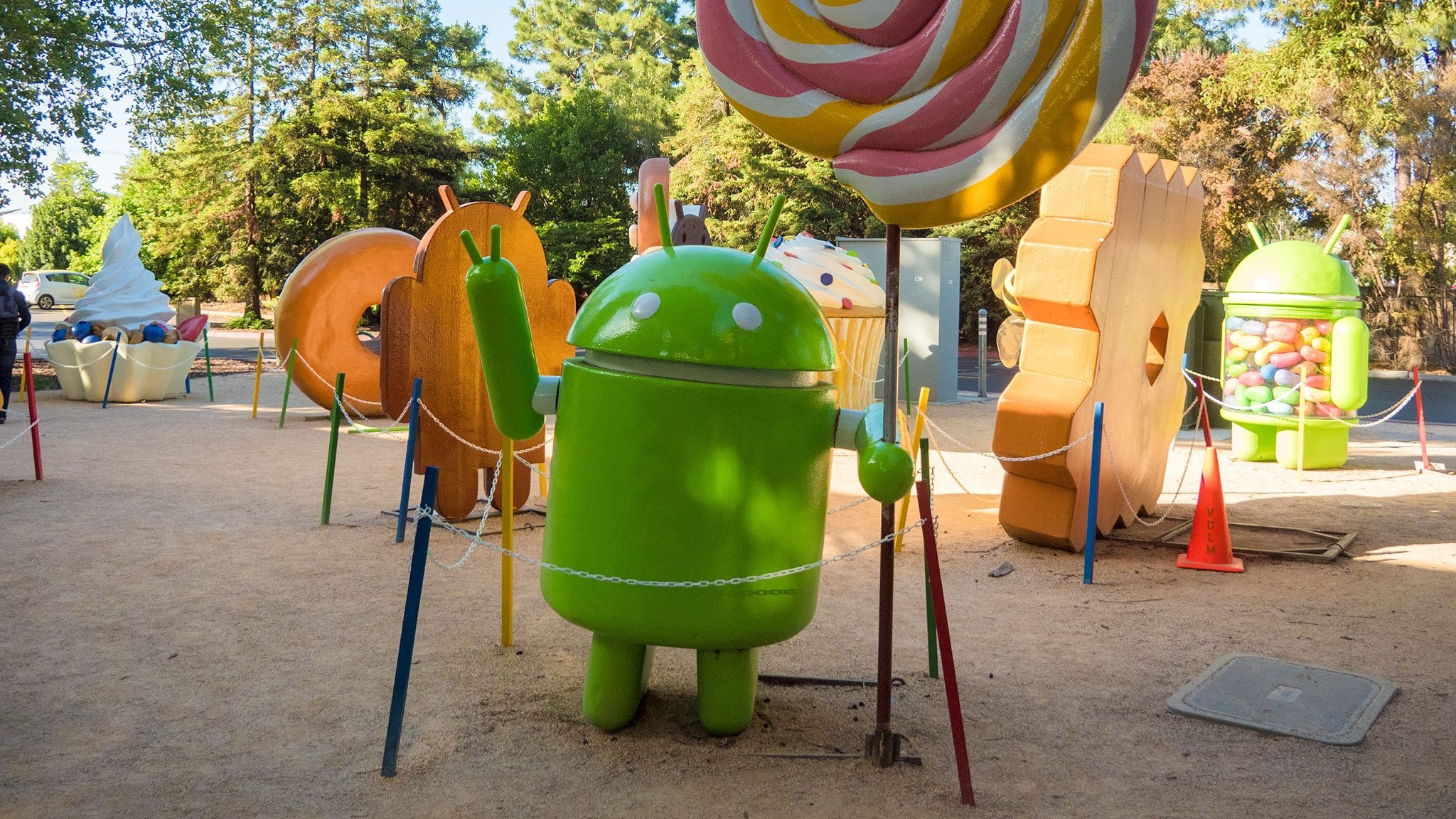
Welcome to Ask Jerry, where we talk about any and all the questions you might have about the smart things in your life. I'm Jerry, and I have spent the better part of my life working with tech. I have a background in engineering and R&D and have been covering Android and Google for the past 15 years.
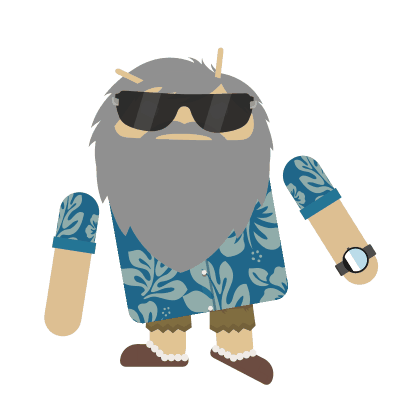
Ask Jerry is a column where we answer your burning Android/tech questions with the help of long-time Android Central editor Jerry Hildenbrand.
I'm also really good at researching data about everything — that's a big part of our job here at Android Central — and I love to help people (another big part of our job!). If you have questions about your tech, I'd love to talk about them.
Email me at askjerryac@gmail.com, and I'll try to get things sorted out. You can remain anonymous if you like, and we promise we're not sharing anything we don't cover here.
I look forward to hearing from you!
Why doesn't my smartwatch have the same health features as one sold in Europe?
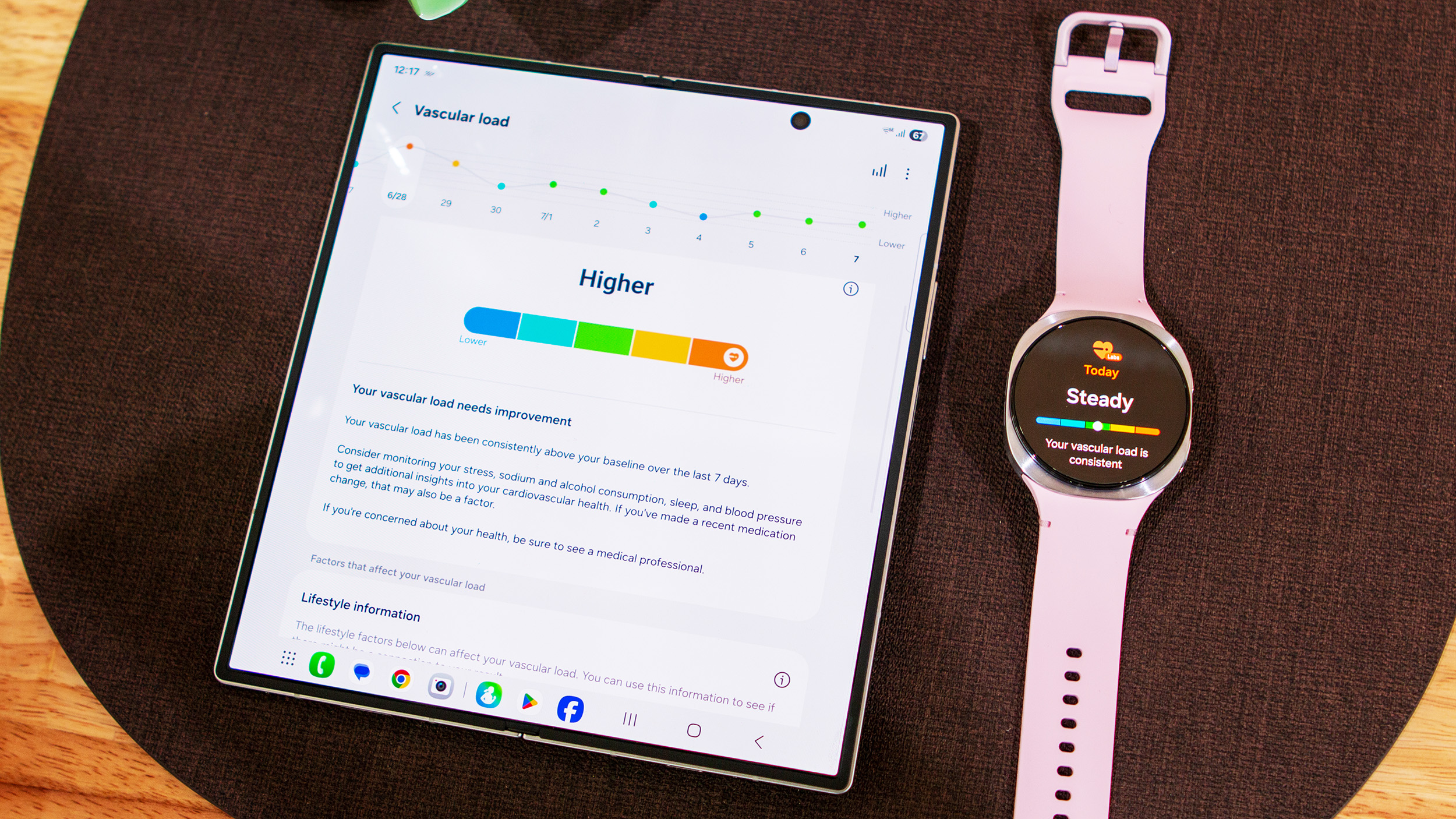
Roger asks:
Why do manufacturers launch wearables like smartwatches with different health features in different countries? They always say "pending regulatory approval," but what does that really mean?
Hi Roger, and thanks for writing in and asking! Since so many people use a wearable device for health and fitness, this is an interesting and important question.
Get the latest news from Android Central, your trusted companion in the world of Android
The easy answer is that manufacturers mean what they say — they do not have approval to sell a new wearable with a specific feature (hypothetically, say, sleep apnea detection) in all countries, so it's launching in those countries without that ability.
Often, approval is granted and the feature comes with a software update, but not always. It's easy to blame the manufacturers; Samsung or Google should do whatever is needed to get those features out for everyone. But it's not really up to them.
The hardware is already there
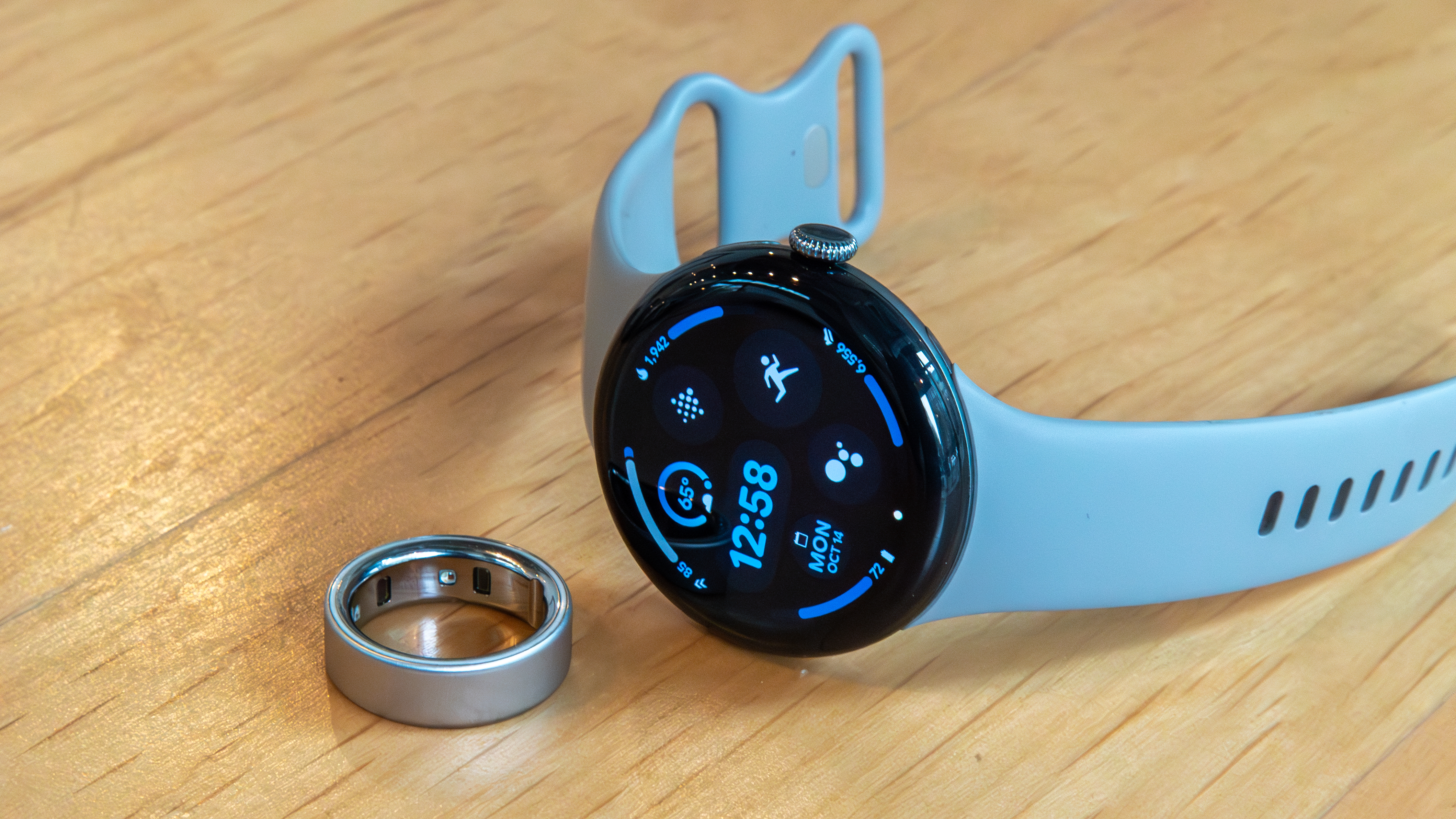
Companies usually don't make a different version of the product for different countries. If you buy a Pixel Watch in France and it can monitor your breathing during sleep, it could also do it in the United States as far as the hardware is concerned. Sometimes, even the software is there, buried and hidden, because it can't be used. But usually it's not.
We see phones built differently for different parts of the world, but wearables are a more integrated platform with more stringent hardware requirements, so it's best to just make them all the same. Your watch has the same chips and sensors inside as one sold anywhere else, even if the features are slightly different.
Blame the government
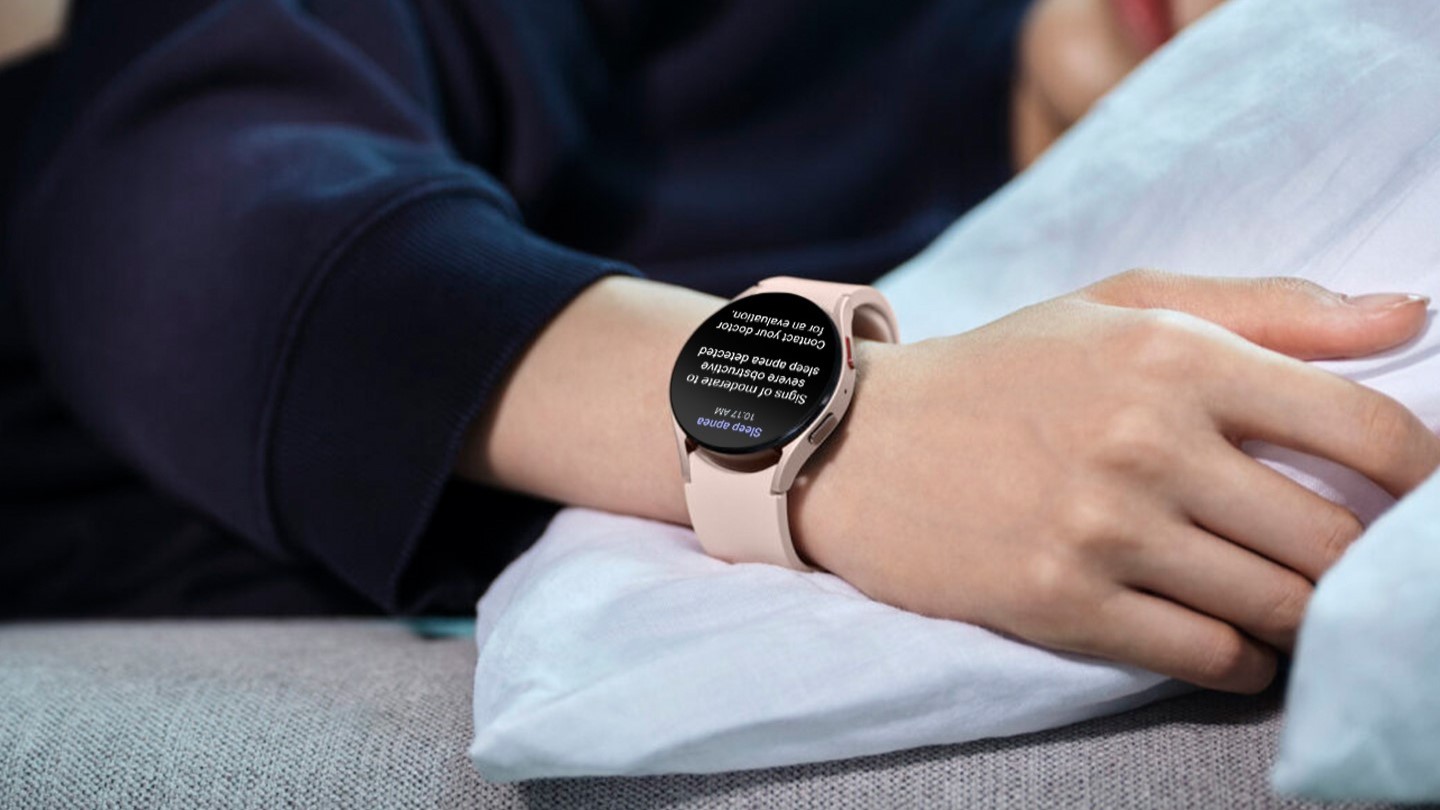
I'm sure every country around the world has some sort of regulatory body that governs the use of medical devices intended to be worn or implanted. Yes, if your wearable tries to detect or diagnose a specific health condition, it is considered a medical device. I'm only really familiar with how it works in the U.S., but I imagine the process is similar everywhere else.
In the U.S., if you build your own medical device, write your own software, and use it yourself, you do not need any sort of approval from anyone. Nobody is doing this, of course, but the provision is there because it needs to be — someone needs to test things during the product development stage.
Once you make your device or software available for others, and especially if you put it up for sale, you need to jump through all sorts of hoops. For health features, this means the FDA (Food and Drug Administration) decides.
The FDA says that any device “intended for use in the diagnosis of disease of other conditions, or in the cure, mitigation, treatment, or prevention of disease” requires FDA approval. Wearable devices are not regulated if they are intended only for general wellness uses. All implanted devices require approval.
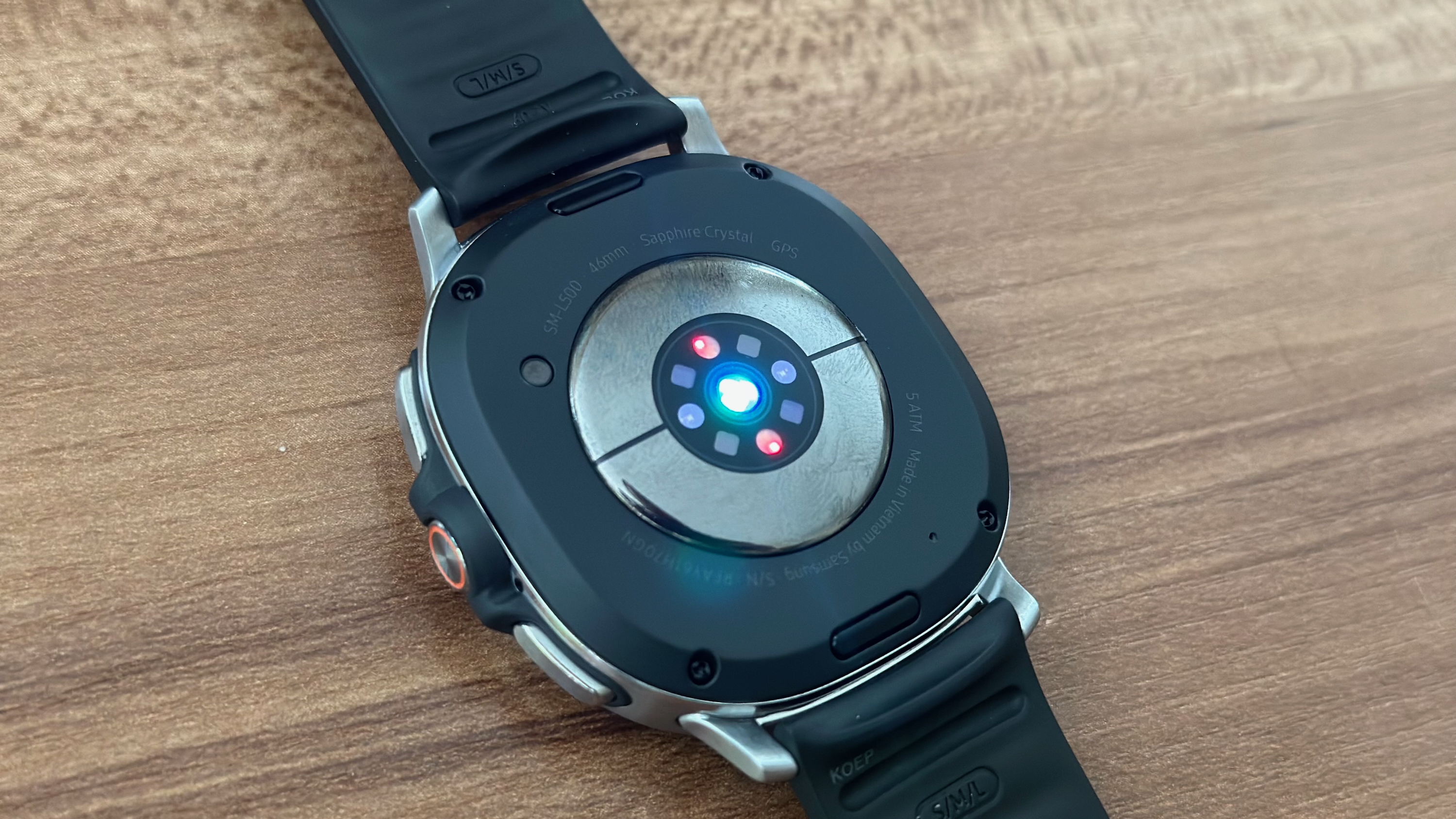
Samsung just went through this with sleep apnea detection for the Galaxy Watch last fall. Originally, it was sold in the U.S. without access to this feature because — you guessed it — it required regulatory approval.
The FDA determines if the feature is accurate and consistent enough, as well as makes sure that no consumer health data can be accessed by an unauthorized party. It often sets guidelines for the marketing of the feature; in this case, you should be over the age of 22 and not be diagnosed with any respiratory illness, including sleep apnea. Of course, they can't enforce this, but once it's in print, Samsung is following the rules.
Once all this happens, we can use our Galaxy Watch to tell us if we stop breathing during the night once we receive a software update that enables the feature.
Why not wait until it's approved?
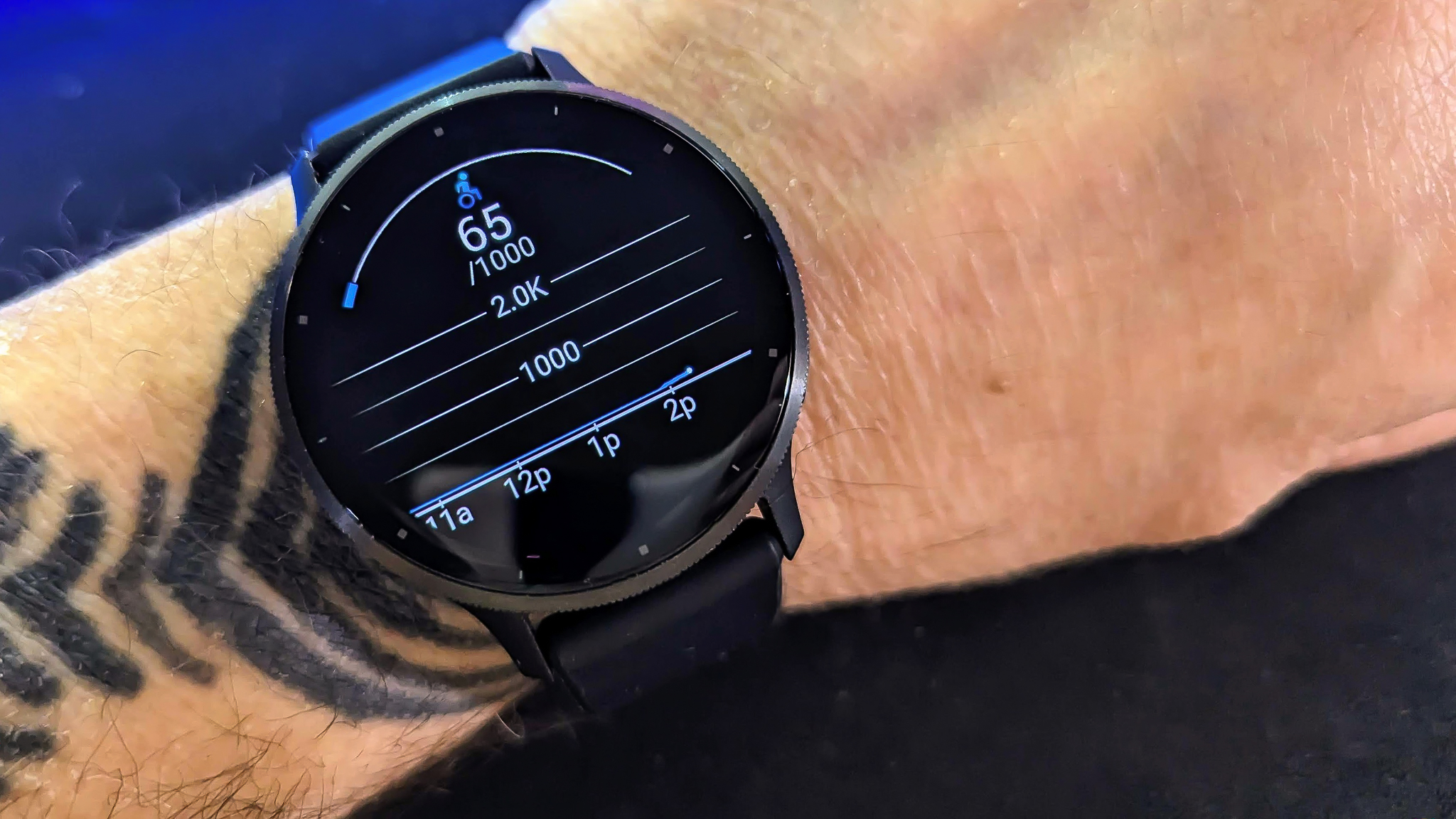
That's a simple answer — companies don't hold back products for this because they want to sell products, and you don't want to wait for it to be approved.
Most people didn't buy a Galaxy Watch only because they wanted to monitor for sleep apnea. I'd say the people who really wanted this feature are just a small percentage of users. I like it, you may like it, most people just don't care.
None of those people could have bought a Galaxy Watch if it weren't available, and would have bought a different model. Waiting until September of last year to release the device would have meant a lot of missed sales from people who didn't plan to use sleep apnea detection in the first place. That's not good for business.
It's worth noting that some companies, such as Samsung and Apple, are able to obtain approval much faster than others. It shouldn't be that way, but it is. My best guess is these large companies have a relationship with the right people and a good understanding of the entire process.
That said, there are some features, such as blood pressure monitoring, that even these companies haven't been able to weasel their way into getting FDA-approved.
If the next wearable you want launches minus a health feature or two, don't be afraid to buy it anyway. Approval is probably coming; it's just that the government only has one speed — a slow one.

Jerry is an amateur woodworker and struggling shade tree mechanic. There's nothing he can't take apart, but many things he can't reassemble. You'll find him writing and speaking his loud opinion on Android Central and occasionally on Threads.
You must confirm your public display name before commenting
Please logout and then login again, you will then be prompted to enter your display name.
